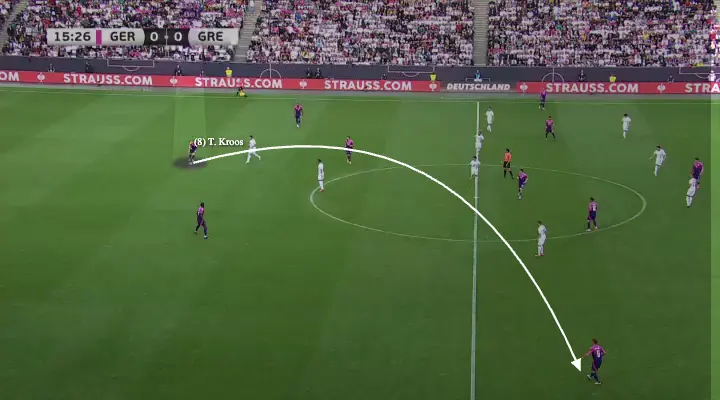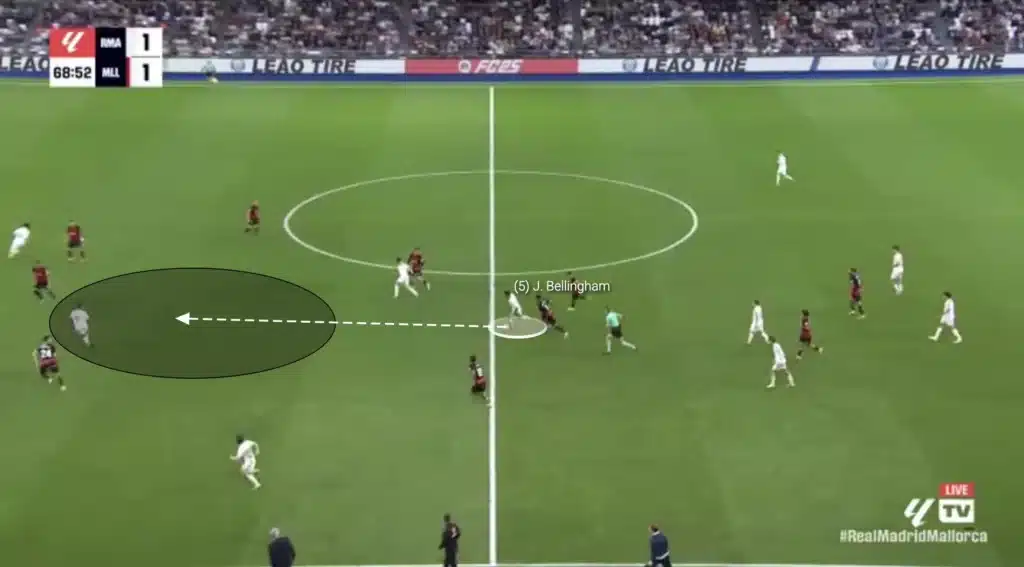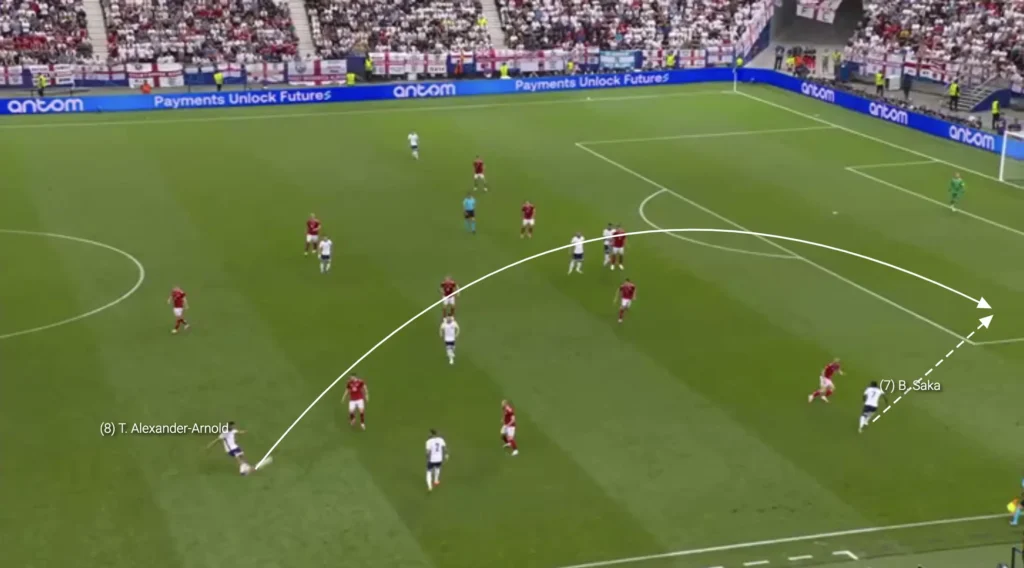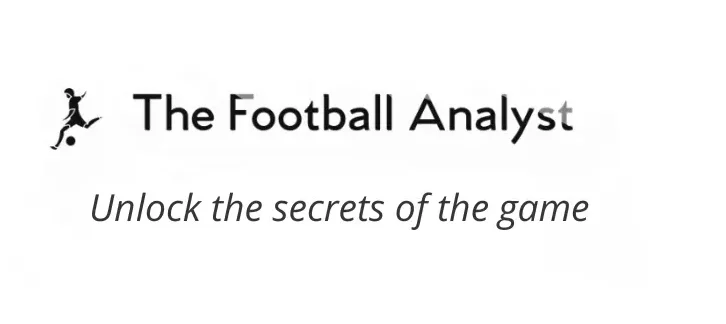In modern football, data plays a crucial role in understanding player and team performance. Traditional stats like possession, pass accuracy, and shots on target still matter, but they often fail to capture how effectively a player breaks opposition lines or advances play. That’s where Packing Rate comes in — a modern metric that highlights how players bypass defenders and disrupt the opponent’s shape.
This article breaks down what packing rate is, how it’s calculated, and why it offers real value to coaches, analysts, and scouts.
What Is Packing in Football?
Packing refers to eliminating opponents from the game with a single action — usually a forward pass or a dribble. When a player delivers a pass that moves the ball past three defenders and reaches a teammate, those three players are “packed.” They’re now behind the ball and no longer part of the defensive phase.
Former professionals Stefan Reinartz and Jens Hegeler introduced the concept after the 2014 World Cup. Through their company Impect, they developed a method to quantify how players break lines and damage defensive structures — something traditional stats often overlook.
Their research found a strong correlation between packing and the creation of goal-scoring opportunities. Teams that consistently eliminate opponents with the ball tend to dominate matches and win more often.
What Does Packing Rate Measure?
While Packing measures the total number of players bypassed, Packing Rate looks at how efficiently a player eliminates opponents per action. It tracks how many defenders a player removes with each pass or carry — not just the total volume over 90 minutes.
For instance, if a midfielder bypasses 60 opponents in a match but makes 90 passes, they average 0.67 packed opponents per pass. Another player might bypass 40 opponents with just 30 passes, producing a higher packing rate of 1.33.
This metric allows you to identify not just volume-based performers but players who impact the game efficiently and decisively.
Basic Formula:
Packing Rate = Total Opponents Bypassed / Total Actions (Passes or Carries)
Analysts often split the stat into:
- Passing Packing Rate – Opponents bypassed per pass
- Dribbling Packing Rate – Opponents bypassed per dribble or carry
This breakdown helps assess players based on their playing style and method of progression.
Real-World Examples
- Toni Kroos regularly eliminates entire midfields with his vertical passing. His high packing rate reflects his ability to disrupt opponents from deep positions.

- Jude Bellingham uses explosive dribbles to glide past midfield blocks. His strong dribbling packing rate showcases his drive-and-carry approach.

- Trent Alexander-Arnold often plays long diagonal or straight over-the-top through-balls that cut through compact shapes, bypassing multiple players with one action.

Each of these players advances the ball differently, but all score high on Packing Rate by consistently removing defenders from the game and creating space for teammates.
Why Does Packing Rate Matter?
1. It Highlights Progression, Not Just Possession
Packing Rate focuses on meaningful progression — not just ball retention. A sideways or backward pass might maintain possession, but it doesn’t move the game forward. A high Packing Rate signals a player who actively breaks lines and challenges defensive structures.
2. It Reveals Player Influence
Some midfielders keep the game tidy, but don’t really hurt the opponent. Others consistently destabilize the shape with vertical actions. Packing Rate helps identify who genuinely impacts the game and who simply recycles possession.
3. It Informs Tactical and Scouting Analysis
Analysts use Packing Rate to understand how teams progress the ball. Do they use aggressive passes from center-backs? Do they rely on midfielders who dribble through pressure? The stat offers a clear window into a team’s build-up strategy — and helps scouts find players who fit that approach.
4. It Assesses Risk-Reward Profiles
Players who pack opponents often take risks. Not all of their passes succeed — but the ones that do can change the game. Packing Rate helps you evaluate whether those risks are worth it, especially when compared with safe passers who don’t move the needle.
Limitations of Packing Rate
Like any stat, Packing Rate works best with context. Here are a few limitations:
- It Doesn’t Consider Player Positioning: Packing treats all bypassed players equally. But bypassing a high press has more value than eliminating defenders who have already dropped deep.
- It Doesn’t Measure Outcomes: A high Packing Rate doesn’t always lead to goals. Use it alongside metrics like Expected Threat (xT) or progressive passes for a more complete picture.
- It’s Role-Dependent: Comparing Packing Rates across positions can be misleading. Midfielders and fullbacks naturally generate more packing actions than center-backs or wingers.
Using Packing Rate in Recruitment
Clubs increasingly use Packing Rate during scouting. When you want a midfielder who breaks lines with progressive passes or a fullback who progresses play with carries, this stat can quickly highlight potential fits.
For example:
- Scouts can filter for players with high Packing Rates in comparable leagues.
- Coaches can look for players who fit a vertical or possession-oriented build-up based on how they eliminate defenders.
On its own, Packing Rate won’t complete a player profile. But when paired with video, role context, and team data, it becomes a powerful recruitment and tactical planning tool.
Conclusion
Packing Rate adds real depth to football analysis. It shows how often and how efficiently players remove defenders from play — whether by threading line-breaking passes or driving through pressure. In doing so, it shifts the focus from surface-level stats to true game impact.
By incorporating Packing Rate into your analysis, you can spot influential players, support recruitment decisions, and understand how teams break down their opponents.
